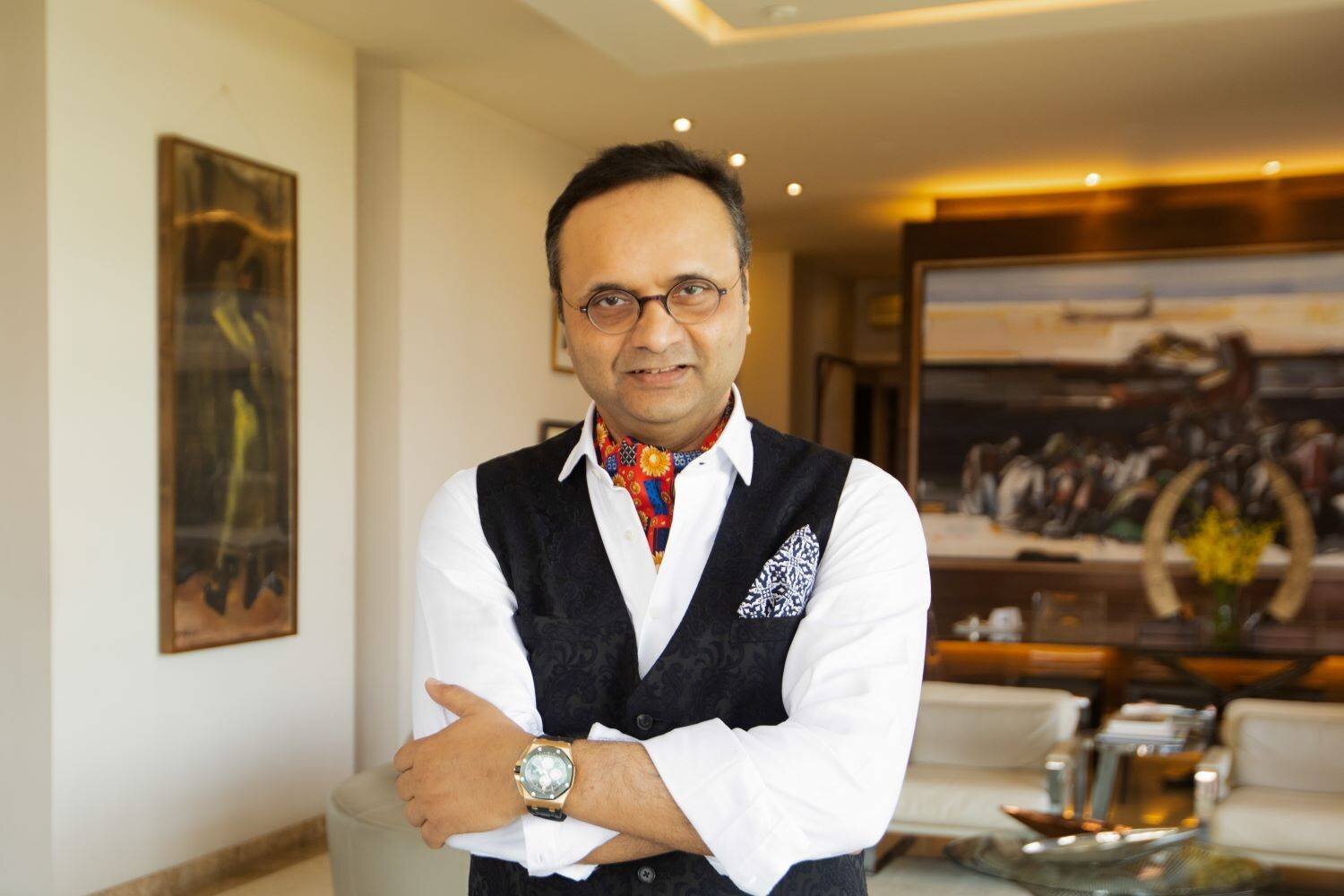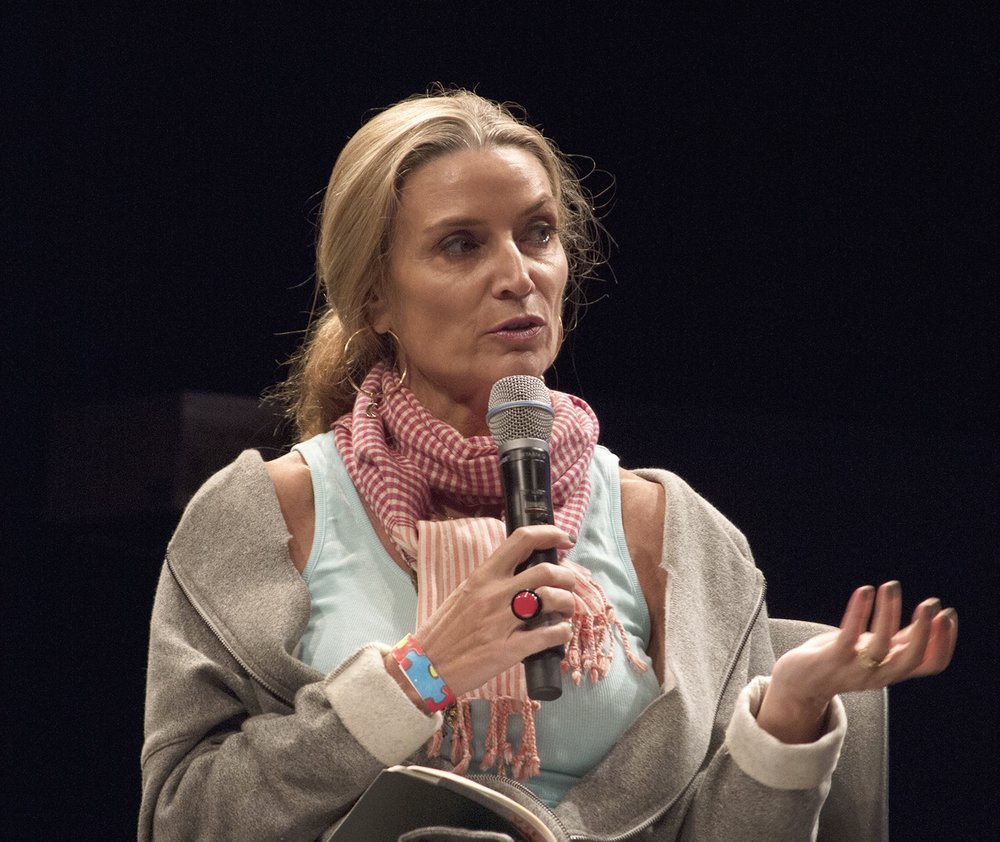Conversation with Durjoy Rahman
Art collector and founder of Durjoy Bangladesh Foundation
By Andari Suherlan
Citra Sasmita. Image courtesy of Yeo Workshop.
Durjoy Rahman is an avid art collector and founder of the Durjoy Bangladesh Foundation (DBF). He began collecting when he was a businessman, acquiring works from artists he encountered in Dhaka. Exposed to the international art scene years later, Rahman saw the potential of South Asian art and established DBF in 2018. The foundation hopes to revive interest in prolific key historical artists and promote emerging artists of South Asia and beyond to the world.
In this interview, Rahman shares his journey and passion for the arts, the programmes of the foundation and their pursuit to educate and promote South Asian art to the international art scene.
I’d like to first get to know you as an art collector. Could you talk about how you first started collecting art? What are significant works in your collection?
I started collecting art in the 1990s when my office was in close proximity to Dhaka’s gallery district. During my lunch breaks, I would visit the nearby galleries. On one occasion, I encountered Andy Warhol’s iconic silkscreen ‘Liz’ (1964) that made such an impression on me and showed me how inspiring art can be. My passion has only grown since then. This exposure led to my first acquisition, which is a woodcut by Rafiqun Nabi, a master artist from Bangladesh. My admiration for his talent led to a deep exploration of many other artists in the South Asia region including Quamrul Hassan, Safiuddin Ahmed and Abdur Razzaque. As a result, I now own one of the largest collections of these artists’ work.
While my collection is deeply rooted in South Asia and the wider Asian region, my time in North America led me to acquire works by Western modern masters such as Lucien Freud and David Hockney. More recently, I had the opportunity to acquire a work by Ghanian artist Serge Attukwei Clottey. The foundation had commissioned a work from him for the Arnhem Museum in the Netherlands last year.
From your exposure to art in South Asia and beyond, how has the art scene evolved since you started collecting and what has changed in the local and global art culture in recent years?
Since I began my journey in the arts, I realise that there is now an increasingly vibrant art scene in Dhaka with a growing curiosity among collectors and the general public for contemporary art. The younger generations are also showing great interest in local contemporary artists beyond the blue-chip names. The South Asian scene at large is also marking its presence in the international art circuit through events such as the Kochi-Muziris Biennial and the India Art Fair that connects audiences from around the world.
At the same time, there is a growing awareness of the strong artistic and cultural heritage of South Asia within the international art community. I believe there is heightened curiosity from the West towards South Asia, as well as an increasing number of local institutions, collectors and artists who are intent on sharing their work on the global stage, making this moment a very interesting time of cross-cultural exchange.
In a reception in Hong Kong last year, DBF Director Dr. Thomas Berghuis, stated that “the concept of an ‘artist-to-art-led-foundation’ is very much the principle on which DBF started to develop.” Could you elaborate on how the foundation is able to realise its vision and mission?
We established DBF in 2018 to promote art and artists from South Asia and beyond in a critical, academic and international cultural context. The foundation supports prolific historical artists as well as underexposed, emerging artists who are creating and producing new works that are shaping and defining art in the world today.
A central part of the foundation’s programme is focused on education through which audiences are able to understand the contexts of South Asian history and its significance in the works of South Asian artists. In recent years, we have welcomed curators, gallerists and artists from Europe and the United States. We have also had the opportunities to engage art practitioners through relevant exhibitions, commissions and residencies around the world. For example, we organised a panel during the Homelands exhibition in the UK with renowned scholars including Dr. Devika Singh, curator, International Art at Tate Modern and Dr. Syed Manzoorul Islam, critic, writer and former professor at Dhaka University who chaired the event. In addition, one of our landmark projects is the Majhi Residency we launched in Venice last year. The residency brings together artists from South Asia and Europe not just to promote their individual work abroad but to create a dialogue where the artists can collaborate and exchange ideas with each other. In this way, we are able to promote South Asian modern and contemporary art to an international audience.
The foundation has offices in Dhaka and Berlin. What is the significance of being present in Europe and how can it reach a greater audience through the two offices?
It was important for DBF to have a global outlook on art where we become a bridge between Asia and the West. Berlin is an international art hub that has attracted creative people from around the world. Because the city is known for its art, it is our desire to highlight Asia’s own long history of creativity and culture on an international platform. As for our office in Dhaka, it is not only my home but also a city that is becoming increasingly important for art and culture in the South Asia region. While a majority of our projects have taken place in Europe, we are looking into meaningful programmes we can organise in Asia as well.
The foundation recently held an exhibition titled ‘Facing India’ (2018) in Germany that featured six Indian female artists Vibha Galhotra, Bharti Kher, Prajakta Potnis, Reena Saini Kallat, Mithu Sen and Tejal Shah. And you recently donated an installation by Mithu Sen to Kunstmuseum Wolfsburg, which marks the institution’s first acquisition of a work by a female South Asian artist. What is the significance of this exhibition?
In recent years, we have noticed the growing presence of talented emerging female artists from South Asia in the local art scene in Dhaka and beyond. Therefore, it is part of the foundation’s core mission to promote awareness and representation of these artists, along with female scholars and curators. It is encouraging to see these individuals gaining greater attention in the international art world and I especially look forward to seeing the upcoming Kochi-Muziris Biennale curated by Shubigi Rao later this year.
The ‘Facing India’ exhibition was a major moment for the foundation. It is the first time a German institution has collected contemporary work by a female Indian artist. South Asian art is still invisible in the West compared to other regions in Asia or Africa; therefore this exchange is important as it is a big step to expose South Asian art to the world. As the museum has plans to loan this work to other public institutions in Europe, we are excited and optimistic about the effects/exposure that Mithu Sen’s installation will bring to South Asian art.
What are your thoughts on the performance of the art market in 2019? And with the current outbreak creating waves of uncertainty, how do you feel about this coming year?
With the growing number of international art fairs, biennials and museums taking place in South Asia, we have seen the market for South Asian art growing in recent years. Collectors are now becoming increasingly aware of the diversity and creativity of South Asian artists, particularly for contemporary art and works by emerging artists.
The outbreak has caused various art fairs such as Art Dubai 2020 to be cancelled. Having planned events and exhibitions ourselves, we understand that it must have been a very difficult decision to make. However it is in the best interest for fairs and exhibitions to protect the health of staff, artists and visitors. In the meantime, we look forward to the next edition in 2021 of these events to return.
As for DBF programmes this coming year, we are planning with public health safety as our priority. More information will be announced in the coming months.
More information about DBF here: https://durjoybangladesh.org











